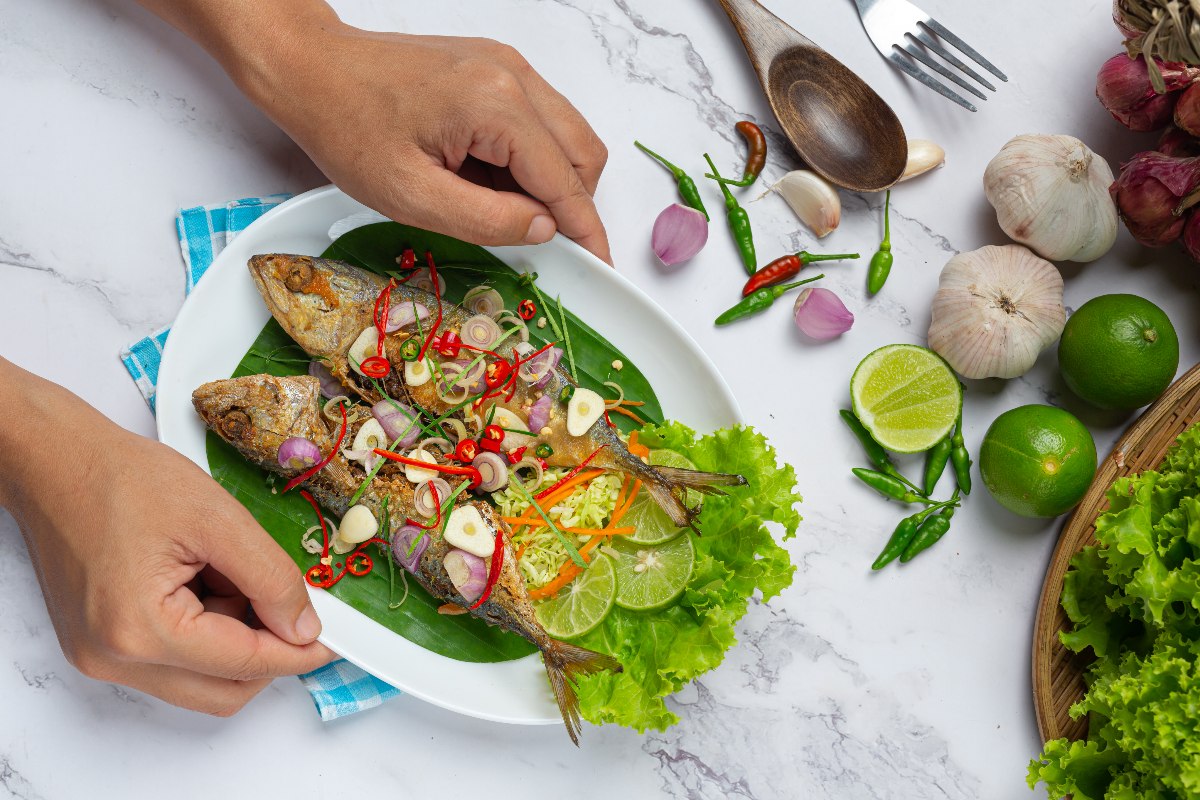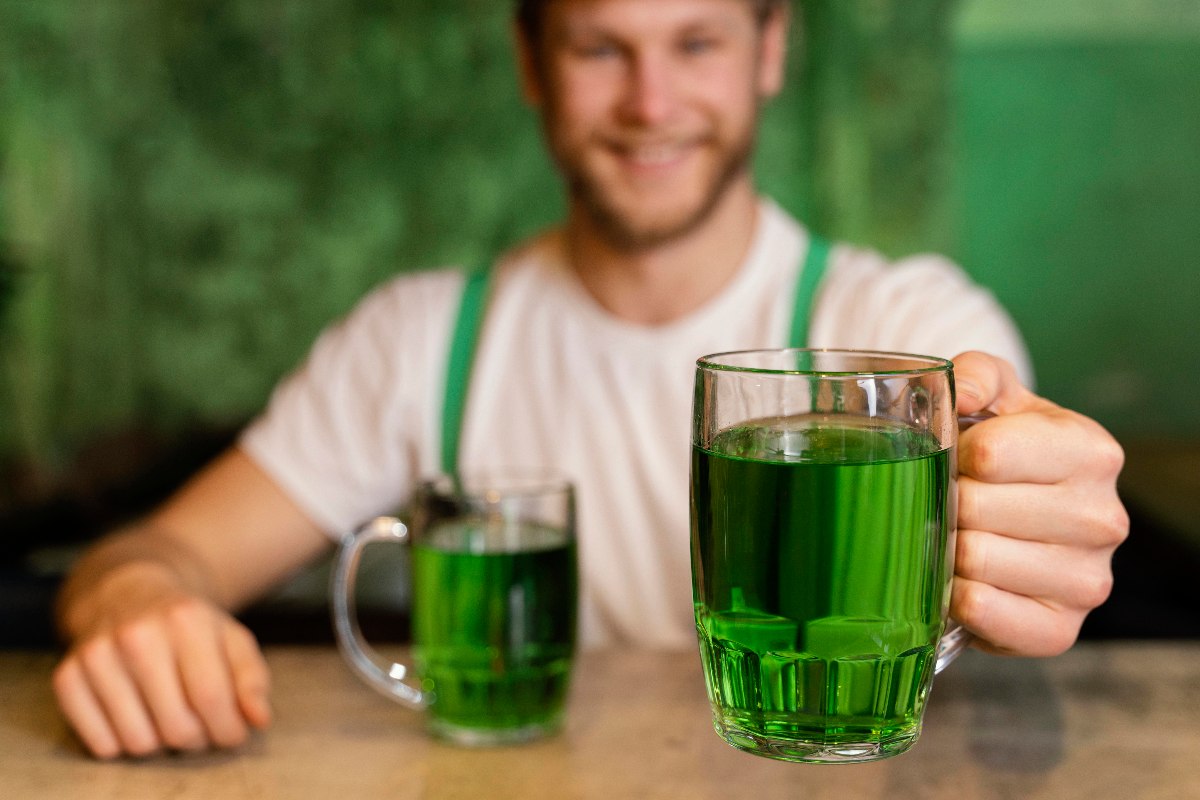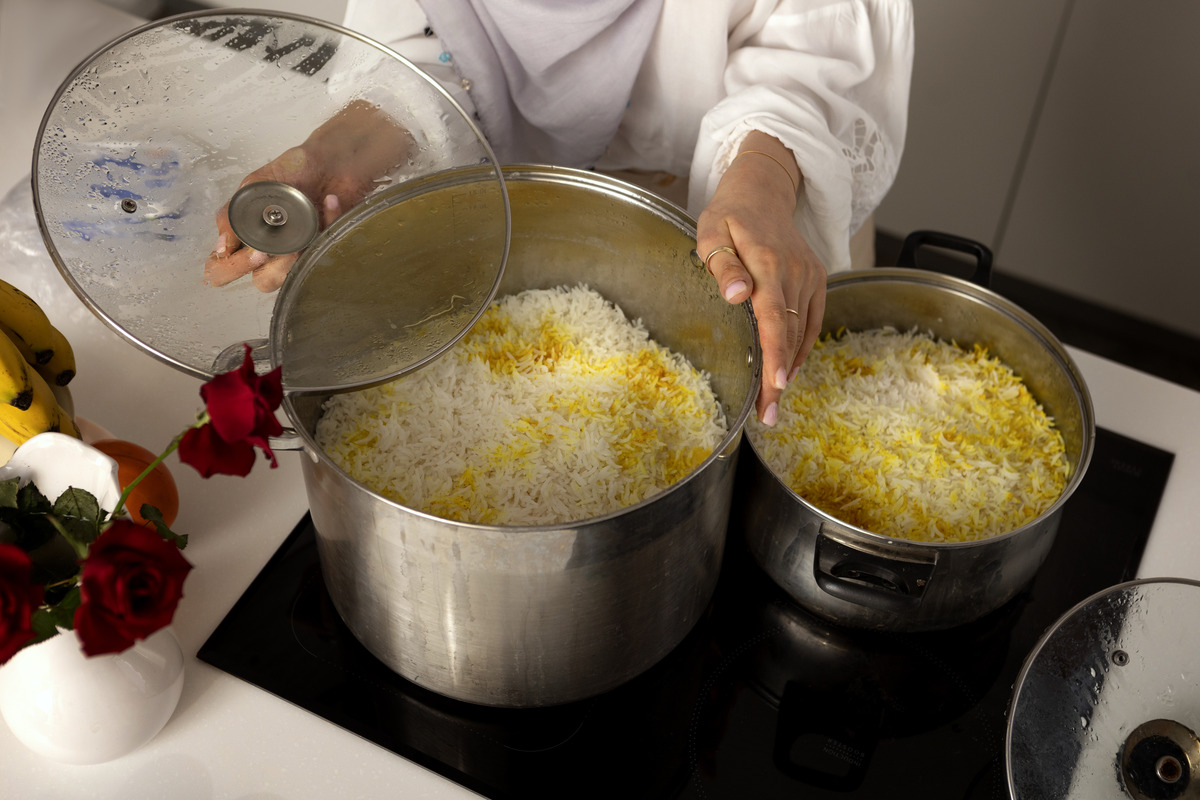Fish Food Recipe: Create Nutritious DIY Fish Meals at Home

Strong 8k brings an ultra-HD IPTV experience to your living room and your pocket.
Feeding your fish with the right nutrients is key to their growth, color, and overall well-being. While commercial pellets are popular, they often contain fillers and artificial ingredients. That's why many aquarium hobbyists and pet owners are turning to DIY fish food. Creating your own fish food recipe gives you full control over the ingredients, ensuring a balanced, high-quality diet for your aquatic friends.
Whether you’re caring for goldfish, tropical fish, or bettas, this guide will walk you through everything you need to know to make your own fish food at home.
Why Make Your Own Fish Food?
Making DIY fish food at home may sound complicated, but it’s actually simple, cost-effective, and more nutritious than many store-bought alternatives. Here are some of the top benefits:
- Control Over Ingredients: No additives, preservatives, or fillers—just clean, natural ingredients.
- Tailored Nutrition: Adjust the mix based on your fish species, age, and dietary needs.
- Cost Savings: Bulk ingredients can save you money in the long run.
- Freshness Guaranteed: Homemade food is fresher and often more palatable for fish.
- Control Over Ingredients: No additives, preservatives, or fillers—just clean, natural ingredients.
- Tailored Nutrition: Adjust the mix based on your fish species, age, and dietary needs.
- Cost Savings: Bulk ingredients can save you money in the long run.
- Freshness Guaranteed: Homemade food is fresher and often more palatable for fish
Essential Ingredients for a Healthy Fish Food Recipe
To craft the perfect fish food recipe, start with a balance of proteins, vegetables, and binding agents. Here's a breakdown of the key components:
Protein Sources (40-50%)
Fish are primarily carnivorous or omnivorous, so protein is essential for growth and energy. Use:
- Shrimp (fresh or frozen)
- Fish fillets (salmon, tilapia, cod)
- Bloodworms or mealworms
- Spirulina powder (rich in protein and color-enhancing nutrients)
Vegetable Additions (20-30%)
- Vegetables provide vitamins, minerals, and fiber:
- Spinach
- Peas (shelled and boiled)
- Zucchini
- Carrots
- Kale or seaweed
Binders and Additives (10-20%)
Binders hold the food together and provide additional nutrients:
- Gelatin powder (common binder for fish food)
- Garlic (boosts immunity)
- Vitamin supplements (if needed)
Simple Homemade Fish Food Recipe
Here’s a basic yet effective DIY fish food recipe that works well for most freshwater species.
Ingredients:
- ½ cup of shrimp (peeled and cooked)
- ½ cup of cooked fish (boneless)
- ¼ cup peas (boiled and mashed)
- ¼ cup spinach (steamed and chopped)
- 1 small carrot (boiled and grated)
- 2 tablespoons spirulina powder
- 2 cloves garlic (minced)
- 1 pack unflavored gelatin (for binding)
- 1½ cups water
Instructions:
- Prepare the Ingredients: Cook and cool all vegetables. Steam the spinach, boil the peas and carrot, and peel the shrimp.
- Blend Everything Together: In a food processor or blender, combine all ingredients except the gelatin. Blend until you get a thick paste.
- Dissolve the Gelatin: In a saucepan, heat the water and add the gelatin. Stir until completely dissolved.
- Combine Gelatin with the Mixture: Slowly mix the gelatin into the fish paste and blend again for a smooth consistency.
- Pour and Set: Pour the mixture into ice cube trays or a shallow dish. Refrigerate until firm (about 2–3 hours).
- Cut into Portions: Once firm, cut into small cubes or flakes. Store in the freezer and use as needed.
This fish food recipe is rich in protein and natural nutrients, and is safe for most freshwater and tropical fish.
Feeding Instructions
- Feed only what your fish can consume within 2–3 minutes.
- Use 1-2 small cubes per feeding, depending on tank size and fish population.
- Avoid overfeeding as it can pollute the tank and harm fish health.
Best Practices for DIY Fish Food
Creating DIY fish food comes with a few best practices to ensure safety and effectiveness:
- Use clean, fresh ingredients – Always wash vegetables and cook meats properly.
- Label and date your food – Homemade food can stay in the freezer for up to 2 months.
- Avoid harmful foods – Don’t use onions, citrus fruits, or anything spicy. These can be toxic to fish.
- Test small batches first – Introduce slowly to ensure your fish accept it.
Adapting the Recipe for Different Fish Types
Different fish species have different nutritional needs. Here’s how you can adapt the basic fish food recipe:
For Herbivores (e.g., Plecos, Mollies):
- Use more vegetables like cucumber, spinach, and algae.
- Reduce meat and fish content.
For Carnivores (e.g., Bettas, Cichlids):
- Increase protein content using raw shrimp, worms, or fish fillets.
- Limit vegetable content.
For Fry or Baby Fish:
- Make the mixture extra smooth and freeze it in thin sheets for easy flaking.
- Add powdered spirulina or baby fish food for extra nutrients.
Benefits of a Balanced Fish Diet
A well-balanced fish food recipe offers numerous advantages:
- Improved coloration: Natural ingredients like shrimp and spirulina enhance your fish’s color.
- Boosted immunity: Fresh garlic and vitamins help prevent disease.
- Better digestion: Natural fibers from vegetables promote gut health.
- Longer lifespan: A consistent, nutritious diet supports overall health and longevity.
Storing and Handling Fish Food
Proper storage is essential to maintain freshness and safety:
- Refrigerator: Store small daily portions in a sealed container for up to 7 days.
- Freezer: Freeze in cubes or thin sheets, and use within 1–2 months.
- Avoid moisture exposure: Always use dry hands or clean utensils when handling frozen portions.
Conclusion
Crafting your own fish food recipe is a rewarding way to ensure your aquatic pets thrive. Not only does it save money, but it also allows you to feed your fish high-quality, nutritious meals free from artificial fillers.
Whether you want a protein-rich blend for your bettas or a veggie-packed option for your goldfish, DIY fish food offers flexibility and customization. By preparing food at home, you’re investing in the health and happiness of your underwater world.
Try this simple recipe today, and see the difference in your fish’s activity, color, and overall vitality. Your aquarium community will thank you—with lively swims and happy feeding time.
Note: IndiBlogHub features both user-submitted and editorial content. We do not verify third-party contributions. Read our Disclaimer and Privacy Policyfor details.







